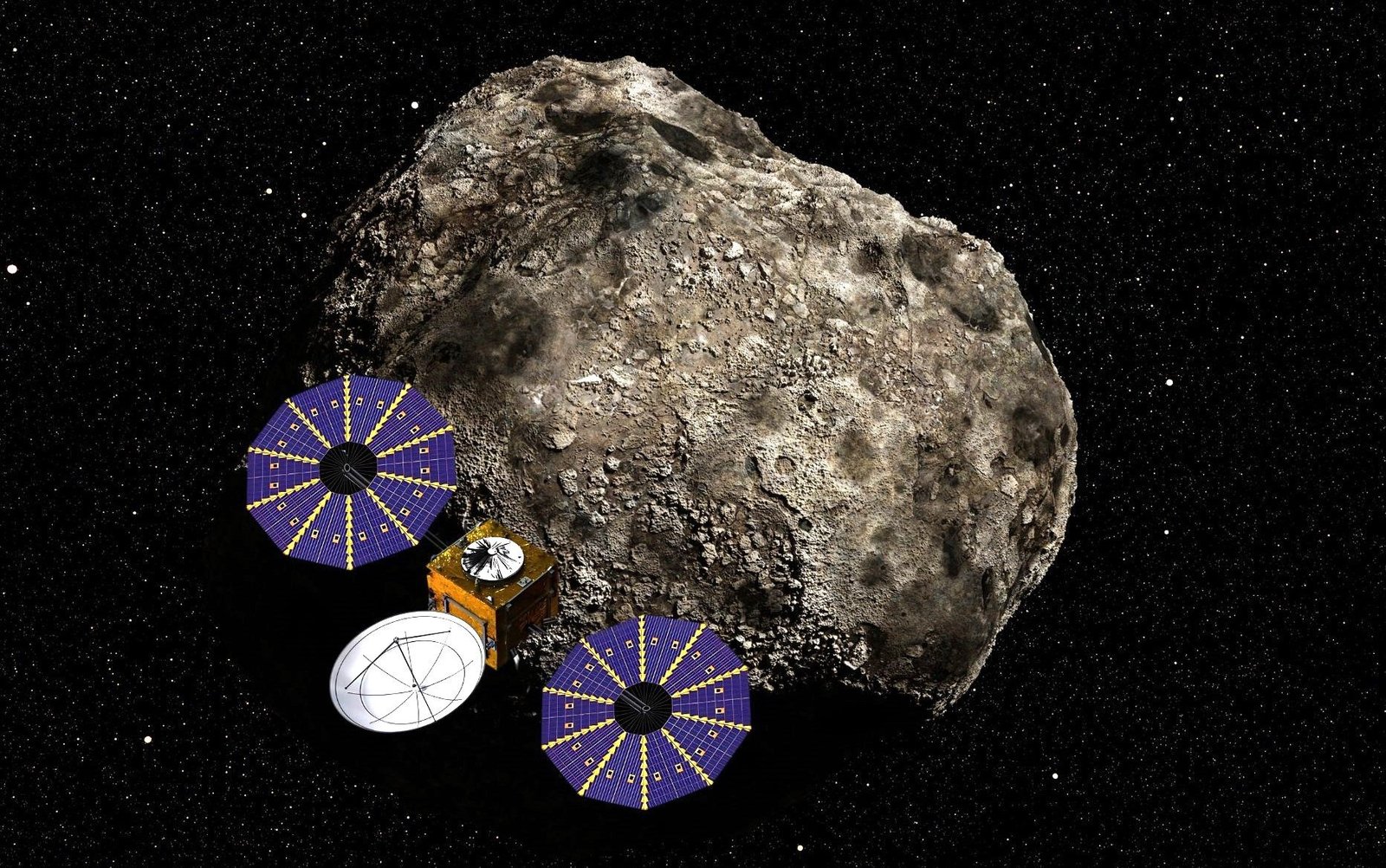From Skin to Egg: A Sci-Fi Style Fertility Hack
Move over, sci-fi movies! Real scientists have just turned human skin cells into eggs. That’s right—skin cells! Researchers at Oregon Health & Science University achieved this groundbreaking feat by transferring DNA from a skin cell into a donor egg and then giving it a cellular “reboot.” The result? Lab-made eggs that are capable of being fertilized!
While a few of these experimental eggs made it to the blastocyst stage, similar to early embryos seen in IVF, many faced challenges due to genetic glitches. Still, the concept of using skin instead of ovaries opens a world of possibilities, especially for people struggling with infertility, cancer survivors, and same-sex couples wishing for genetically related children.
However, it’s not all rainbows and butterflies. This research is still far from clinical use, and ethical concerns are popping up. Critics worry about consent, the potential for “designer babies,” and the moral implications of such technology. Whether you celebrate this as a miracle or view it as a cautionary tale, one thing’s for sure: the future of reproduction just took an unexpected turn.
The Changing Landscape of Politics and Technology
In today’s digital age, politics is becoming a complex interplay of technology and public perception. A striking example? Donald Trump’s recent release of an AI-generated deepfake video featuring top Democrats. In this bizarre piece of media, Senate Minority Leader Chuck Schumer rants about free healthcare, while House Minority Leader Hakeem Jeffries gets portrayed in caricature form, wearing a sombrero. The immediate backlash was swift, with Jeffries calling it “racist garbage” and urging Trump to speak openly instead of hiding behind a screen. This incident underscores the dual-edged nature of AI: it can entertain, but it can also spread misinformation and amplify political discord.
The Future of Delivery in Space
Ever thought of rapid delivery from space? Startup Inversion is rolling out Arc, a spacecraft designed to deliver payloads of up to 500 pounds anywhere on Earth in under an hour! Unlike traditional rockets, Arc is reusable, reentering the atmosphere at hypersonic speeds and landing with remarkable precision. Initially aimed at defense and rapid logistical needs, this ambitious project is set to revolutionize how we think about efficient delivery systems.
While there are numerous challenges ahead—like landing accuracy and regulatory hurdles—the vision for a constellation of Arc vehicles in low Earth orbit could transform global logistics, making the previously sci-fi concept a reality.
Wrap Up
Whether in reproduction, politics, or space delivery, we’re witnessing profound changes in our world. Keeping abreast of these advancements not only informs us but also helps us engage thoughtfully with them. If you’re looking for more exciting content or wish to connect over the latest trends in science and tech, check out Pro21st, where we dive deep into these intriguing topics!





